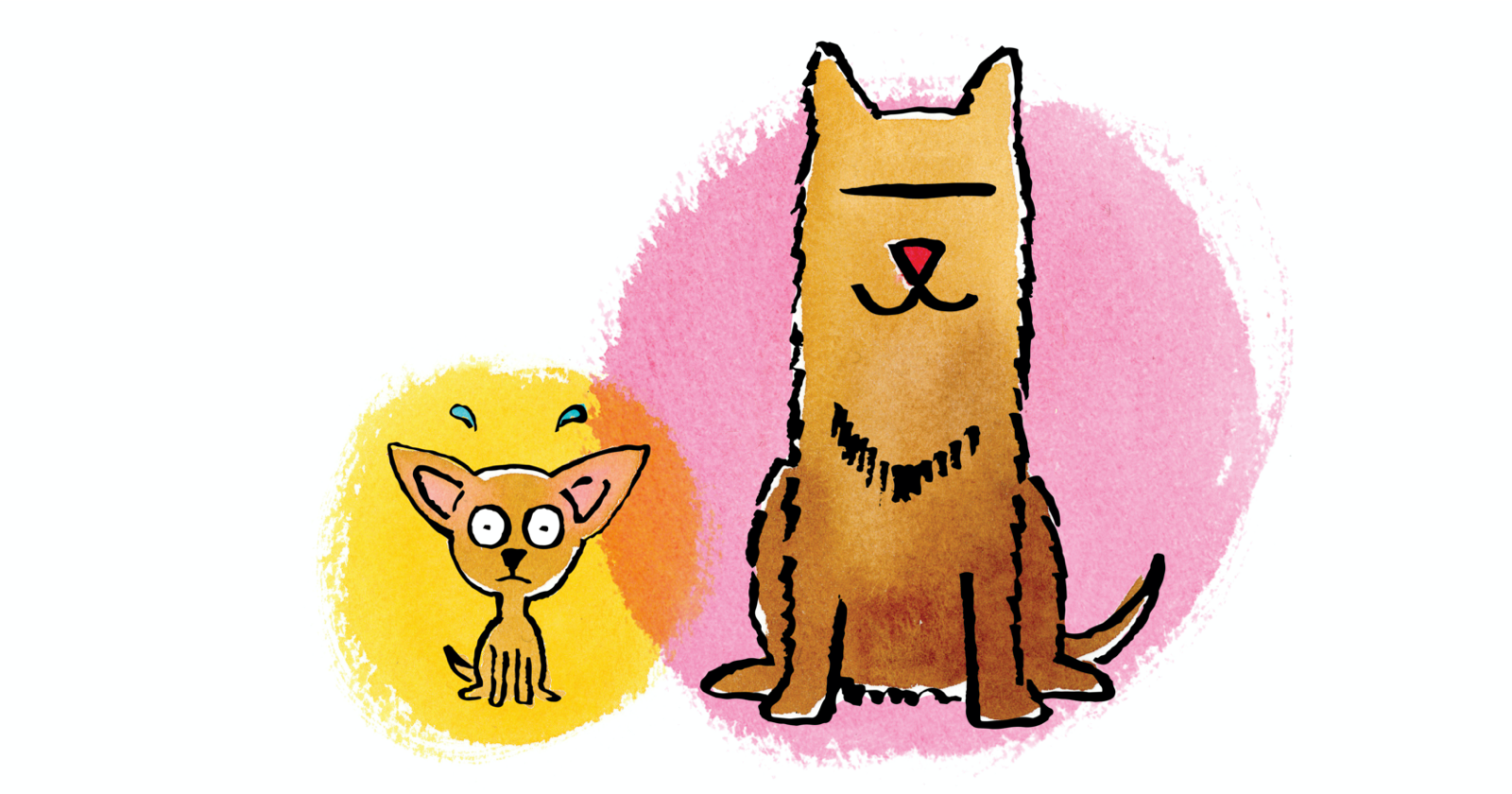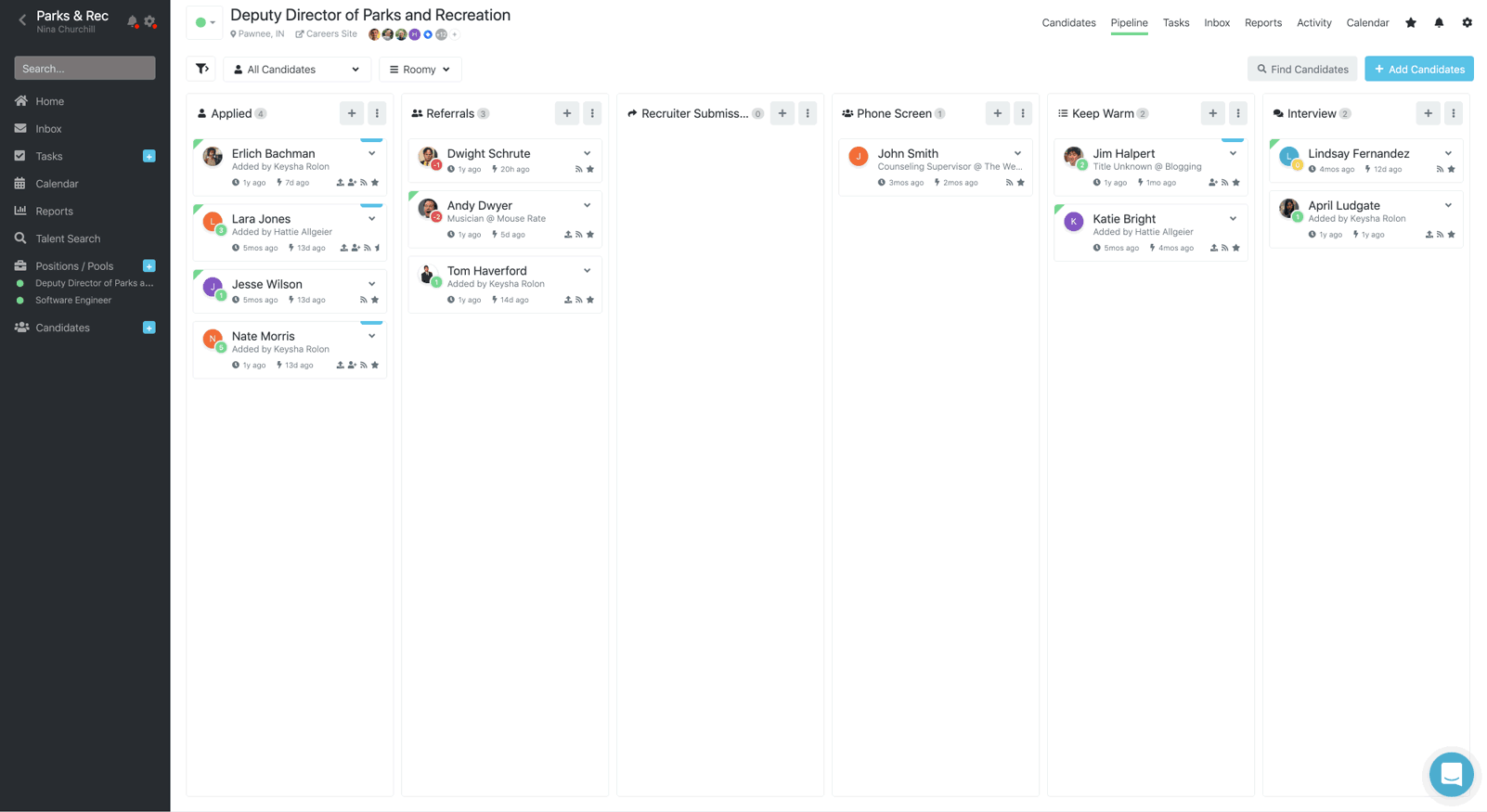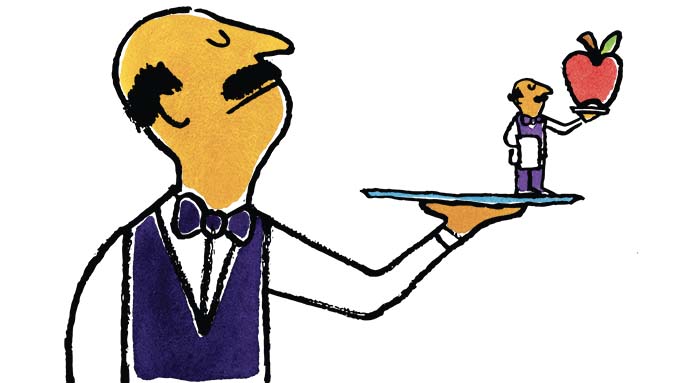
It’s not easy to transition from startup to established scaleup—but that is exactly what software development company MAvha has succeeded in doing.
Over the last 10 years, Founder & CEO, Martin Marlatto, has taken the Argentina-base company from a small “software factory” to a thriving and innovative outsourcing biz. 📈 🎉
“We needed to have a very solid recruitment process to get the best talent as fast as possible, to answer the client needs—because if we can get the right talent quickly, we have more chances to win the opportunity,” says Martin.
That’s where talent pro Alejandro Stábile comes in.
As Talent Acquisition Manager, it’s Alejandro’s job to ensure MAvha has a superstar hiring process—and it’s his technical knowledge that helps him leap ahead of the competition.
“We are engineers doing an HR task, not the other way around… To maximize the probabilities [of getting] a new client, [we look for]… technologies we know are the most wanted in the market. We look for specific technology because we know the client will ask for that—so it's easier to get the match.”
These guys clearly know how to walk the software development walk—that’s why we caught up with them via conference-call to find out which tools they use to cope with 100+ applicants a week, how they ace the remote-working system from Argentina and what challenges they think the talent market has in store over the next five years.
Check it out!
How to balance top-speed recruitment + client need
For MAvha, recruitment isn’t just about adding top talent to their own team—they also have to add A++ members to client’s project teams too.
“Sometimes it's hard to find the right people, because we also have to deal with changes from the client’s side,” says Alejandro.
In other words: staff augmentation is the name, hiring inspirational talent for everyone is the game.
“We usually [receive] between 75-100 applications per week… And I think between 60-70% of the applications are rejected in the first step,” says Martin.
With quotas this high, ‘getting things done’ is Martin’s mantra to follow.
“We have new opportunities coming and if we want to attend those opportunities, we need more people—so the capacity to hire new people, good people, faster, has become more and more critical… We need a platform that allows us to do the process in a more formal way and also faster,” he says.
So, how do they do it?
Here’s a quick run-down of exactly what it takes to manage a never-ending stream of candidates—and thrive.
Stage 1: Kill multiple birds with one automated stone
For a continually-hiring company, sourcing great candidates every time is an everyday challenge.
But in typical MAvha style, Martin and Alejandro use all the tools at their disposal to make it work.
“Here in Argentina, the thing that works most for us is LinkedIn. We advertise positions there because for [Argentinians] it's the best option. We also publish our opportunities in other portals for other markets in US and Europe—for example on our website and also through Twitter, Facebook, and other job boards like Indeed,” says Martin.
Then they just sit back and watch the applications roll in. (Living the dream, right?)
So now it’s all about getting through the pile of potential candidates ASAP—and checking back on previous unsuccessful candidates for a good fit.
They use our favorite ATS to sift through in lightning-speed (hello Breezy ⚡ ⚡ ⚡).
“We have different pipelines set up so the candidates apply, we get in touch with them and then we change the ‘started to contact’ date,” says Alejandro, “Breezy allows you to create a backlog of candidates. So, if I can’t put this person in this position right now but in the future I have another opportunity, I’ve already done the research, I’ve already spent time interviewing people—so I keep this like a potential resource for any project.”

Stage 1 recap:
- Check out where your potential candidates hang out. For example, if you hire remotely, your candidates might use different job boards depending on where they’re based.
- Automatically post to all the free job boards.
- Use Breezy pipelines to organize your applicants.
- Check back over previous unsuccessful applicants to see if they could be a good fit for new roles.
Stage 2: Dig deep to find the best fit
So, you’ve got a pile of potential candidates in front of you, now it’s time to dig a little deeper in the all-important interview. ⛏️
According to Martin and Alejandro, that means using some pro tactics to find the perfect fit.
“We were always looking for high-performance and high-interest people, but I always preferred medium-talent people with high-interest than high-talent with medium-interest, or even the low, the junior, or the trainee. I try to discover if the person is really interested in working with us,” says Alejandro. “I learnt from [Elon Musk that] everyone wants the high-talent-high-interest but it's difficult to find, so you need to get focused on medium-talent-high-interest or even low-talent-high-interest and so I always try to get that measure.”
So here’s the secret to asking awesome interview q's that’ll help you find the perfect-fit candidate:
- Talent ain’t all that: First, ask 3 to 4 questions to help you find out about your candidate’s skill level. Do you really need a super-talented top-level employee for this role? If not, reassess what you’re looking for and whether you’ve picked out the best applications for the role.
- Culture fit is where it’s at: The most important thing for any role is whether the applicant is truly interested in you as a company. Ask questions to try and understand whether they truly understand the company values and ask your gut if they’re gonna fit in with your culture or not.
“First I make a few technical questions about the technology and after that I try to get to know a little bit about your hobbies. If the person’s employed, I try to understand the reason why they want to leave that company and join us. Most people have different reasons,” says Alejandro, “We set up an environment of fellowship between the partners because we all work remotely, so I try to get my colleagues involved in the hiring process too.”
Despite being a remote company, Martin and Alejandro work hard to create an “environment of fellowship” to keep remote employees connected—that means getting various employees onboard with the interview.
For Martin, when it comes to the interview, it’s all about the gut-feeling: “It’s that gut feeling you know, the person you are trying to evaluate or hire and… it's very subjective but I usually try to pay attention to that and it usually works,” he says.
Stage 2 recap:
- Check out what biz pros like Elon Musk do to find talented A players.
- Ask yourself what level of talent you need for the role.
- During the interview, only ask 3-4 questions focused on talent level.
- Instead, focus mostly on culture-fit when you talk to candidates. How high is their interest-level?
- Get colleagues involved in the interview process, especially if you work remotely.
- Pay attention to your gut feeling.
Stage 3: It’s all about the technical challenge
After eliminating the appli-can’ts from the appli-cans, it’s time for the all-important technical challenge.
MAvha employees need to be aces at tech—so it’s up to Alejandro and Martin to find out whether their candidates are up to it.
And for these guys, initiative is key.
“We send an exercise and we see that many people solve the exercise in the same day or on another day... We don’t say to candidates, ‘Okay, you have three days to do the exercise so do it when you can,” says Alejandro, “When they choose to solve it is a metric for us.”
The other ‘must-have’ is a true understanding of and interest in whatever they’re being challenged on—for MAvha, that means the latest state-of-the-art tech.
“You need to understand something about the technology, because if you don't, you can’t make our technical challenge... I mean you don't have to be an expert, but if you don’t know something you can’t make a complete challenge,” says Alejandro.
“For example, about two weeks ago we interviewed a candidate… and they didn’t have any idea about technology. They only knew a little bit about Illustrator and Photoshop and stuff like that. So, candidates have to read about technology, about the process, about the task, and they need to have an interest in the technology.”
The real trick for Alejandro, is making sure every candidate does a technical challenge—even if you don’t think they’re right for the role.
“Even if you know the person may not be a good fit for that project but you know they’re a good resource, you always send a challenge and you wait, you give feedback about that challenge and keep them as a potential candidate. It’s great because in the future you might look at them again, so it's kind of like a win, win situation.”
Here’s a little more about how MAvha hangs on to A++ potential candidates:
Stage 3 recap:
- Send a technical challenge to every potential candidate.
- Pay attention to their level of initiative and interest in the subject.
- Keep the details of any candidate that does well, even if they’re not right for that particular role—they could still be a good fit in the future.
What’s next for remote work?
From flexi-time to remote working, the world of work is changing.
For some, the change is daunting but for Martin and Alejandro, change is the spice of life—and hiring remote workers that are the perfect culture add is all part of the fun.
“Working remotely will become the default form of working,” says Martin, “There is a trend right now—[remote working] is growing and growing and because of that, I think in the next year MAvha will grow even more.”
And it’s advancing tech that makes companies like MAvha possible.
“Now that technology allows us to work in that way… we will become more and more streamlined… That will affect the way we work—the flexibility and the scale,” says Martin.
But for Alejandro, the best is yet to come.
“I know that in Europe and the United States, remote work is a common thing—but for us in Argentina, you can speak with different companies and you say the word “remote” to them and it's like a bad word. I think the answer is a little bit about trust and about improving our skills too because it is our responsibility… but I would like to see that radical change, that parallel change in the way we work,” says Alejandro.
Whatever the outcome, remote working has clearly helped MAvha go from strength to strength—and it seems for Martin and Alejandro, there’s way more to come.





